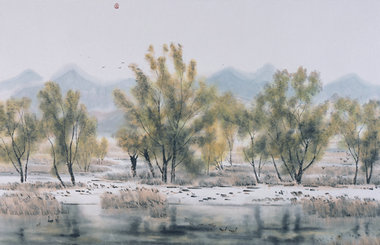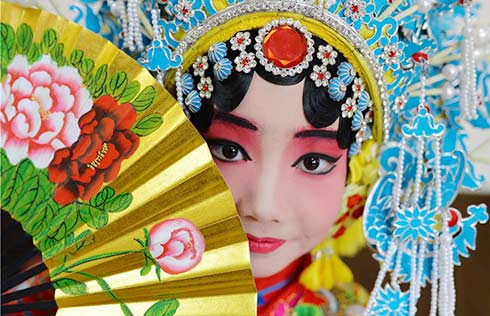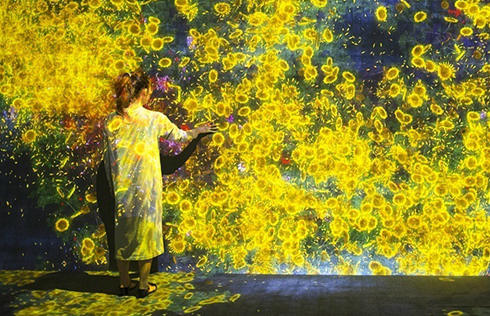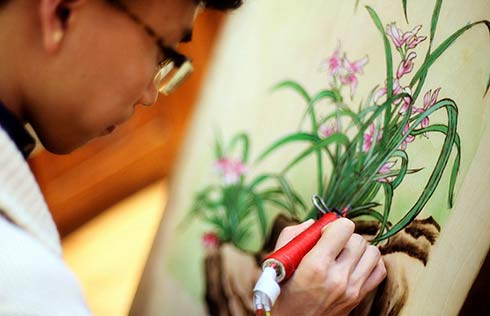

In 2007, debates as to how to best protect historic Chinese architecture multiplied.
In January, CCTV anchorman Rui Chenggang said Starbucks should move out of the Forbidden City, sparking heated debate across the country. The core of this debate is how to balance traditional culture and commercial profits.
In October, debates on whether Yuanmingyuan should be renovated, and to what extent, drew nationwide attention. It ushered in a round of heated debate on whether relics should be rebuilt.
Starbucks in Forbidden City stirs up debate
“Starbucks should move its store out of the Forbidden City.” An article published on CCTV anchorman Rui Chenggang’s blog, sparked heated debate among the media and netizens.
Rui Chenggang says that the coffeehouse diminishes Chinese culture. Thousands of Internet users echoed his view, sparking the ensuing press coverage that pushed the chain to finally withdraw in July.
Starbucks opened in 2000 at the invitation of palace managers, and was a popular resting spot for visitors. However, it attracted criticism from the start. The company agreed shortly after opening to lower its profile by removing its exterior sign.
The controversy over Starbucks at Beijing’s 587-year-old Forbidden City came to an end. Starbucks finally closed its 200-square-foot coffeehouse in the Forbidden City in July, the company said, ending a presence that sparked online protestors who said it undermined the solemnity of the former imperial palace and trampled on Chinese culture.
The move, according to the Beijing Youth Daily, follows the Forbidden City’s management requirement that all shops be operated under the palace’s own brand. Starbucks was offered the option of becoming part of a combined outlet with other beverage brands all sold under the Palace Museum name, but chose to leave in the end.
As the past home to 24 emperors and currently China’s top tourist attraction, the palace is in the midst of a renovation. That includes removing a five-story archive museum and toning down commercial symbols. The number of shops on its grounds has been cut from 37 to 17.
Yuanmingyuan renovation restarts despite disagreements
On October 18 the Yuanmingyuan Research Society hosted a forum to celebrate Yuanmingyuan Park's 300th anniversary. At the forum, the renovation project focusing on the ancient architecture located in Yuanmingyuan Park became a subject of heated debate.
 |
Yuanmingyuan Park, also known as the Old Summer Palace and as the "Versailles of the East", was once a private pleasure garden for the emperors of the Qing Dynasty (1644-1911). The Anglo-French Allied Army burned down this magnificent imperial palace complex in 1860.



